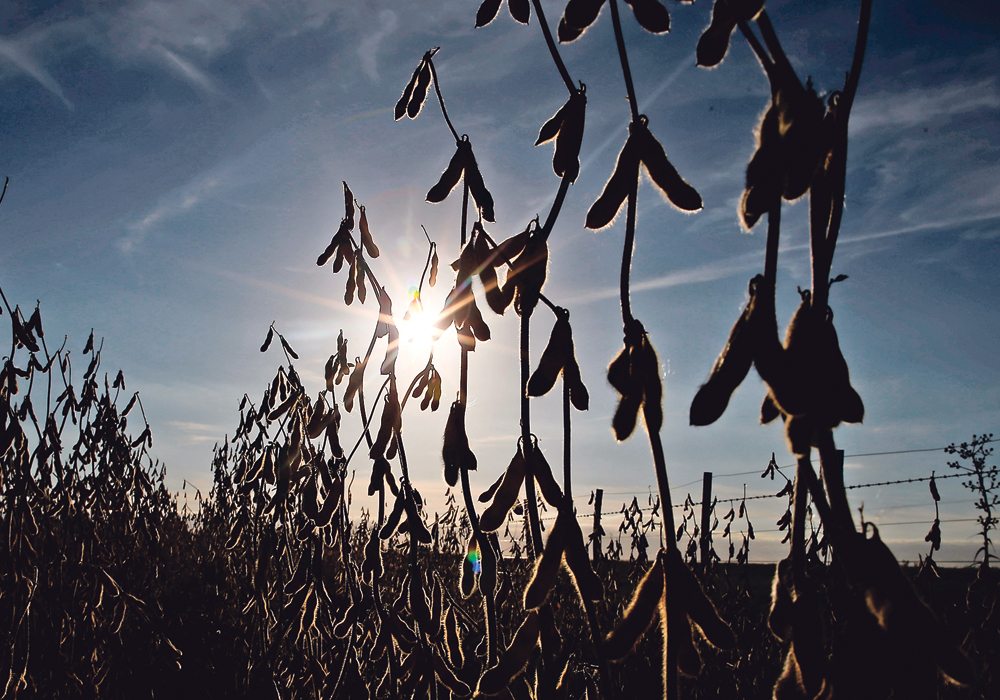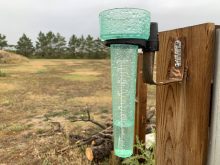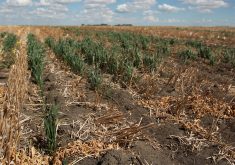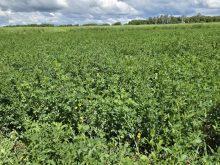Argentina’s soybean crop is stressed and amid a stretch of extreme hot and dry weather.
“We’re at a very important crossroads right now,” said Drew Lerner, president of World Weather Inc.
There is no rain in the forecast until Jan. 17th and daytime highs will remain in the 34 to 43 C range until then.
Read Also

VIDEO: Case IH reveals new Optum tractor at Agritechnica 2025
Case IH reveals its new Optum tractor at Agritechnica 2025.
“There’s a portion of Argentina’s crop that is already in dire straits and being reduced as each day goes by,” he said.
“Argentina should definitely be on everybody’s radar with losses absolutely likely. They’re underway now.”
Topsoil and subsoil moisture has been severely depleted in most of the country except for an important crop-producing region from San Luis and southern Cordoba into central Buenos Aires where there is “marginally adequate” subsoil moisture.
That region is less stressed than the rest of the country but it is “on the cliff” and he will be watching intently to see how the crops in that area deal with the next week of hot and dry conditions.
“The rest of the country is already critically dry and it’s downhill every day,” said Lerner.
Rain in the last half of January should provide some relief but that will likely be followed by more dryness in early February as a ridge of high pressure returns.
Lerner believes Argentina’s soybean crop will be smaller than last year’s harvest despite a strong start to the growing season.
MarketsFarm analyst Bruce Burnett agreed that the crop is under stress after an awfully hot and dry last half of December and early January.
But he noted that it is still early. The crop is in the mid-to-late vegetative stage of growth in Buenos Aires and southern Cordoba. The first half of February there is equivalent to August in the U.S. corn belt.
“That’s what the market is wrestling with right now is will these areas remain dry and hot,” he said.
Burnett believed that some yield losses are already locked in but if the rains come in the last half of January as forecast the crop can recover some of its yield potential.
He noted that Argentina’s crop is important for western Canadian farmers because the country exports soybean oil rather than seed and canola prices are closely tied to soybean oil values.
Lerner said it is also dry in the Brazilian states of Parana and Mato Grosso do Sul and neighbouring Paraguay but scattered showers are starting to occur in that region.
“While Argentina is baking this area will get some rain,” he said.
Most of the rest of Brazil is in good shape. He expects Brazil will have a large crop comparable to last year but not as big as many had anticipated.
Burnett thinks Brazil will likely harvest a record crop unless conditions get worse in the south.
“It may come down to last year’s levels but it would take a lot of very severe weather in the south for that to happen,” he said.
Contact sean.pratt@producer.com
















